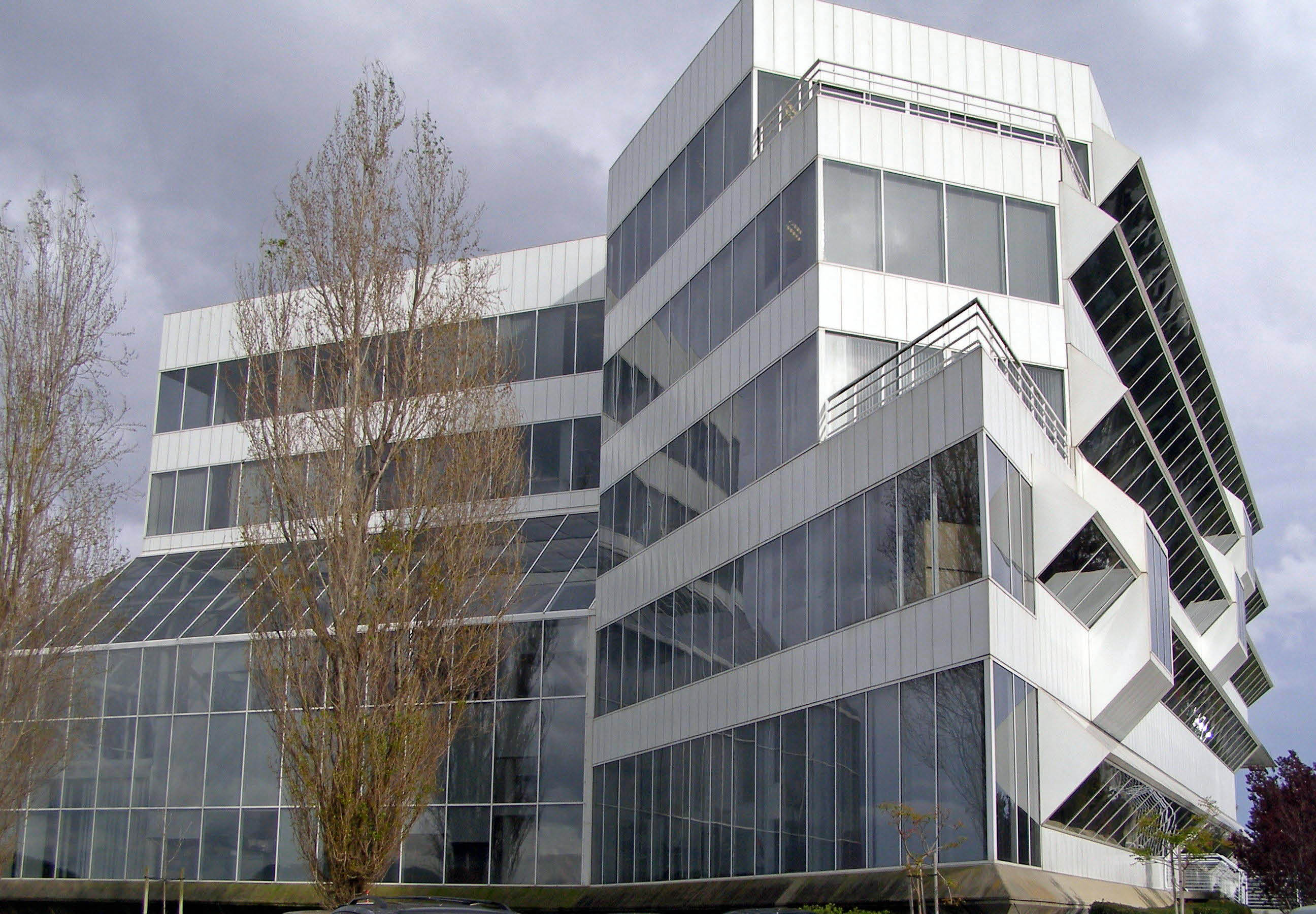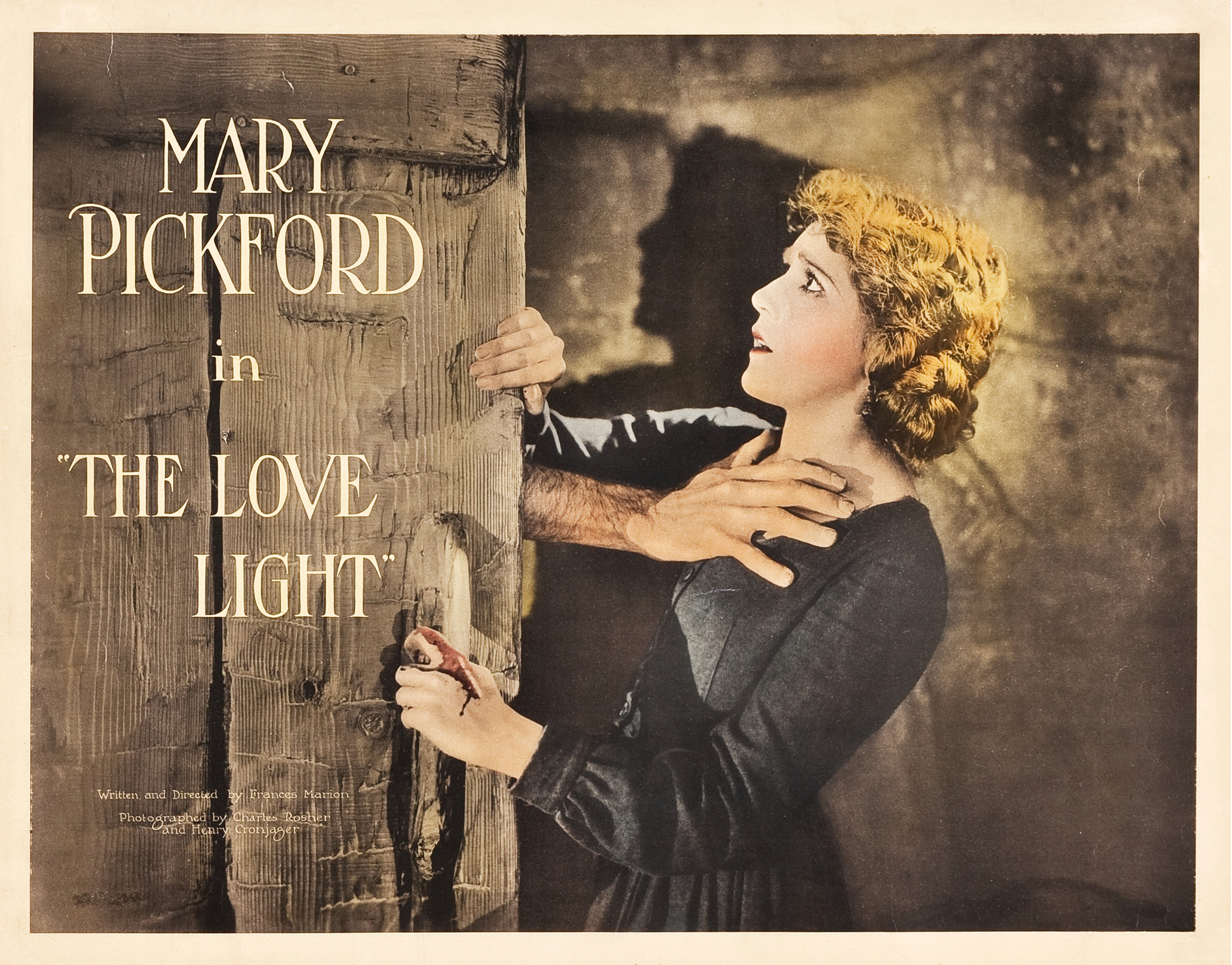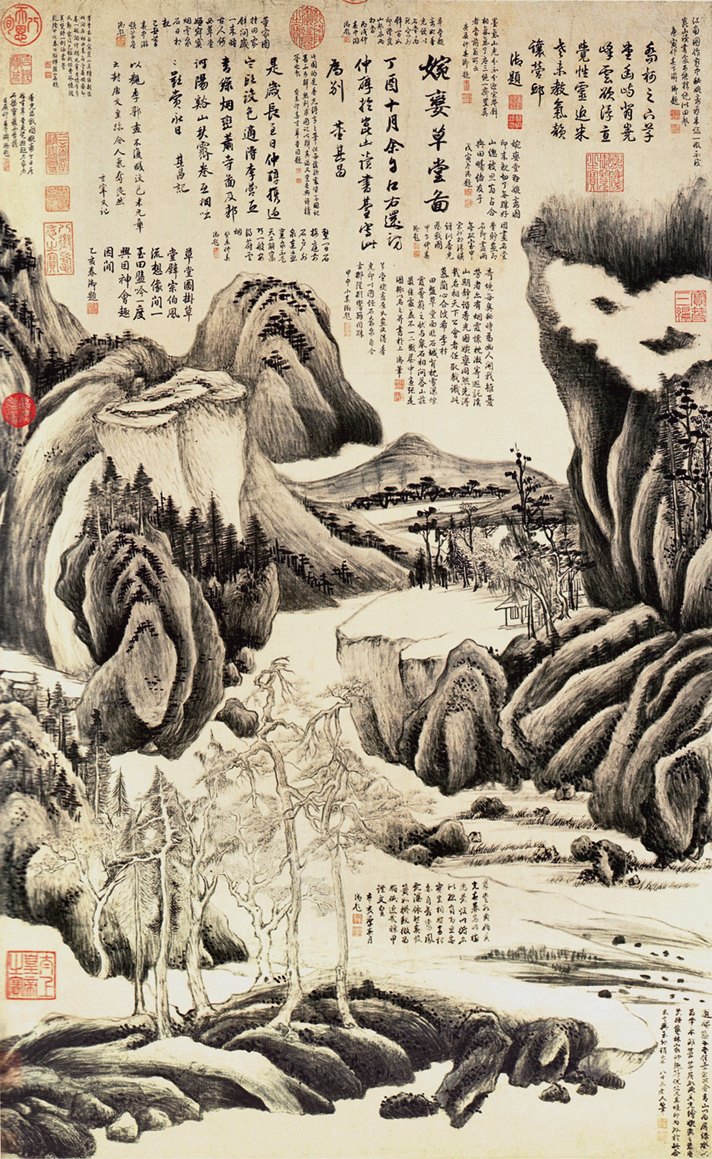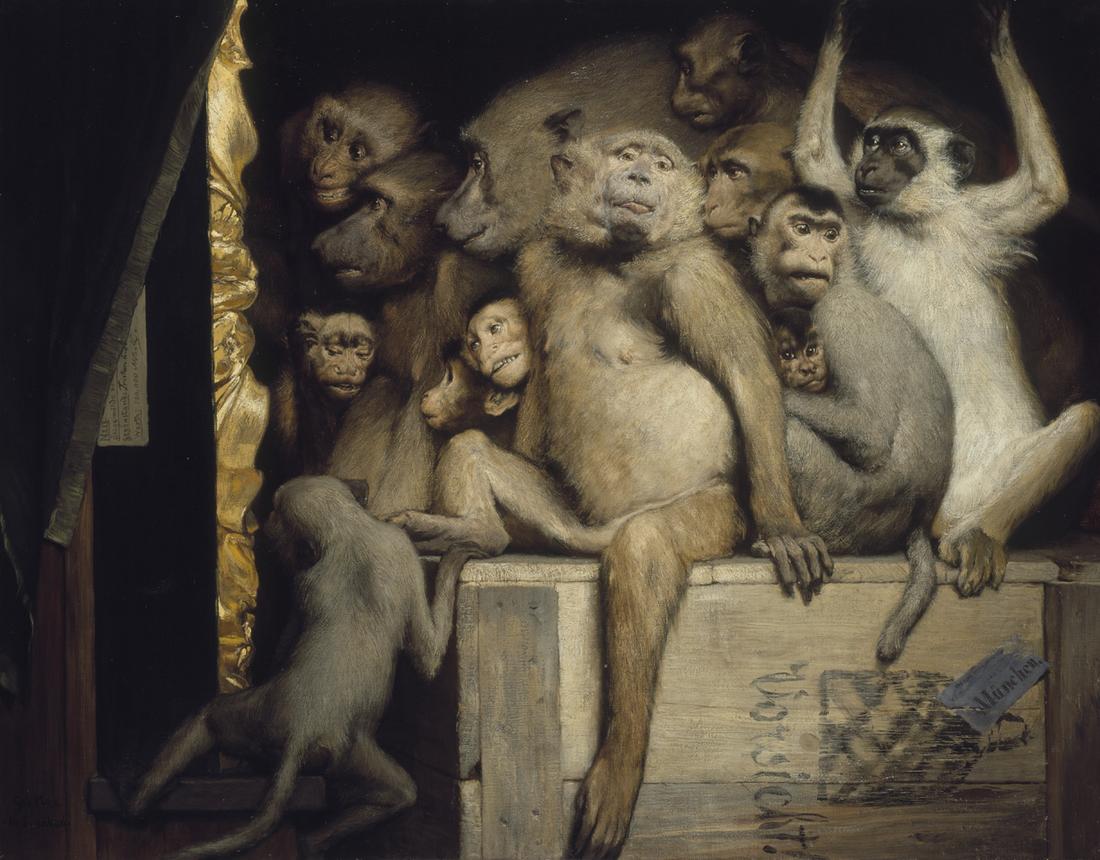|
Medium Specificity
Medium specificity is a consideration in aesthetics and art criticism. It is most closely associated with modernism, but it predates it. Overview According to Clement Greenberg, who helped popularize the term, medium specificity holds that "the unique and proper area of competence" for a form of art corresponds with the ability of an artist to manipulate those features that are "unique to the nature" of a particular medium. For example, in painting, literal flatness and abstraction are emphasised rather than illusionism and figuration. Medium specific can be seen to mean that ''"the artwork is constituted by the characteristic qualities of the raw material."'' This would probably include the techniques used to manipulate the materials. ''"Medium-specificity is based on the distinct materiality of artistic media."'' As early as 1776 Gotthold Ephraim Lessing ''"contends that an artwork, in order to be successful, needs to adhere to the specific stylistic properties of its own me ... [...More Info...] [...Related Items...] OR: [Wikipedia] [Google] [Baidu] |
Aesthetics
Aesthetics, or esthetics, is a branch of philosophy that deals with the nature of beauty and taste, as well as the philosophy of art (its own area of philosophy that comes out of aesthetics). It examines aesthetic values, often expressed through judgments of taste. Aesthetics covers both natural and artificial sources of experiences and how we form a judgment about those sources. It considers what happens in our minds when we engage with objects or environments such as viewing visual art, listening to music, reading poetry, experiencing a play, watching a fashion show, movie, sports or even exploring various aspects of nature. The philosophy of art specifically studies how artists imagine, create, and perform works of art, as well as how people use, enjoy, and criticize art. Aesthetics considers why people like some works of art and not others, as well as how art can affect moods or even our beliefs. Both aesthetics and the philosophy of art try to find answers for what exa ... [...More Info...] [...Related Items...] OR: [Wikipedia] [Google] [Baidu] |
Tom Palin
Tom Palin is a British painter. Education Palin grew up in Birkenhead, Merseyside, England. He graduated from Liverpool John Moores University with a BA (Hons) in Fine Art, and from the University of Manchester with an MA in Art History. He completed a PhD in Painting at the Royal College of Art. Painting Tom Palin's work consists almost entirely of small scale oil paintings. These explore the boundaries between abstraction and figuration and combine an interest in the iconography of the everyday and of the romantic with a concern for the material surface of paint and the passing of time. His work appears as muted, painterly and, in narrative terms, ambiguous. He cites Maurice Utrillo as a major influence. His work can be found in The University of Liverpool's Art Collection. Tom Palin is included in The Dictionary of Artists in Britain since 1945 (David Buckman, 2006). He has exhibited his work in a number of solo and collaborative exhibitions, including solo shows at: ... [...More Info...] [...Related Items...] OR: [Wikipedia] [Google] [Baidu] |
Truth To Materials
Truth to materials is a tenet of modern architecture (as opposed to postmodern architecture), which holds that any material should be used where it is most appropriate and its nature should not be hidden. Concrete, therefore, should not be painted and the means of its construction should be celebrated by, for instance, not sanding away marks left by timber shuttering ('' béton brut''). As another example, porcelain is infrequently used in the exterior facing of buildings, but one modern example is the Dakin Building, Brisbane, California Brisbane (pron. , unlike Brisbane, Queensland, Australia) is a small city located in California in the northern part of San Mateo County on the lower slopes of San Bruno Mountain. It is located on the southern border of San Francisco, on the ...; therefore, the porcelain panels of this building have been left uncovered by any paint or preservative. See also * Arts and Crafts movement * Brutalism * Functionalism (architecture) * Medium s ... [...More Info...] [...Related Items...] OR: [Wikipedia] [Google] [Baidu] |
Ornament And Crime
"Ornament and Crime" is an essay and lecture by modernist architect Adolf Loos that criticizes ornament in useful objects. History Contrary to popular belief that it was composed in 1908, Adolf Loos first gave the lecture in 1910 at the Akademischer Verband für Literatur und Musik in Vienna. The essay was then published in 1913 in ''Les Cahiers d’aujourd’hui'' in French as . Only in 1929 was the essay published in German in the ''Frankfurter Zeitung'', as . It was the architect Henry Kulka, who assisted Loos during a reprint of the essay in 1931 in ''Trotzdem'', that altered the original year to 1908 after he consulted Loos, who either didn't remember well or wanted to assume primacy in the confrontation against the Secessionists. Content The essay was written when Art Nouveau—known as Secession in Austria and which Loos had excoriated even at its height in 1900—was showing a new way forward for modern art. The essay was important in articulating some moralizing view ... [...More Info...] [...Related Items...] OR: [Wikipedia] [Google] [Baidu] |
Painterliness
Painterliness is a concept based on ''german: malerisch'' ('painterly'), a word popularized by Swiss art historian Heinrich Wölfflin (1864–1945) to help focus, enrich and standardize the terms being used by art historians of his time to characterize works of art. A painting is said to be ''painterly'' when there are visible brushstrokes in the final work – the result of applying paint in a manner that is not entirely controlled, generally without closely following carefully drawn lines. Any painting media – oils, acrylics, watercolors, gouache, etc. – can produce either linear or painterly work. Some artists whose work could be characterized as painterly are Pierre Bonnard, Francis Bacon, Vincent van Gogh, Rembrandt, Renoir, John Singer Sargent, and Andrew Wyeth (his early watercolors). The Impressionists, Fauvists and the Abstract Expressionists tended strongly to be painterly. Painterly art often makes use of the many visual effects produced by paint on canva ... [...More Info...] [...Related Items...] OR: [Wikipedia] [Google] [Baidu] |
Medium Essentialism
Medium essentialism is a philosophical theory stating that each artform has its own distinctive medium, and that the essence of such an artform is dependent on its particular medium. In practice, the theory argues that every artwork should manifest its essential properties, those which no other artform can employ. The theory relies on the presumption that every artform has a unique medium, and is divided into two main interpretations. The ‘limitation’ interpretation of medium essentialism argues that, due to their medium, some artforms should be constrained in their aspirations. The ‘productive’ interpretation reasons that a work's medium determines what content or style will function best, and that practitioners should pursue ventures aligning with the nature of this chosen medium. Clement Greenberg is a prolific medium-essentialist in relation to modernist art, proposing that artists such as Jackson Pollock are successful because they properly exploit elements of their c ... [...More Info...] [...Related Items...] OR: [Wikipedia] [Google] [Baidu] |
Form Follows Function
Form follows function is a principle of design associated with late 19th and early 20th century architecture and industrial design in general, which states that the shape of a building or object should primarily relate to its intended function or purpose. Origins of the phrase The architect Louis Sullivan coined the maxim, which resumes Viollet-le-Duc's théories : ''a rationally designed structure may not necessarily be beautiful but no building can be beautiful that does not have a rationally designed structure''. The maxim is often incorrectly attributed to the sculptor Horatio Greenough (18051852), whose thinking mostly predates the later functionalist approach to architecture. Greenough's writings were for a long time largely forgotten, and were rediscovered only in the 1930s. In 1947, a selection of his essays was published as ''Form and Function: Remarks on Art by Horatio Greenough''. Sullivan was Greenough's much younger compatriot and admired rationalist thinkers ... [...More Info...] [...Related Items...] OR: [Wikipedia] [Google] [Baidu] |
Classificatory Disputes About Art
Art historians and philosophers of art have long had classificatory disputes about art regarding whether a particular cultural form or piece of work should be classified as art. Disputes about what does and does not count as art continue to occur today. Definitions of art Defining art can be difficult. Aestheticians and art philosophers often engage in disputes about how to define art. By its original and broadest definition, ''art'' (from the Latin ''ars'', meaning "skill" or "craft") is the product or process of the effective application of a body of knowledge, most often using a set of skills; this meaning is preserved in such phrases as "liberal arts" and "martial arts". However, in the modern use of the word, which rose to prominence after 1750, “art” is commonly understood to be skill used to produce an aesthetic result (Hatcher, 1999). '' Britannica Online'' defines it as "the use of skill or imagination in the creation of aesthetic objects, environments, or experie ... [...More Info...] [...Related Items...] OR: [Wikipedia] [Google] [Baidu] |
Internet Art
upright=1.3, "Simple Net Art Diagram", a 1997 work by Michael Sarff and Tim Whidden Internet art (also known as net art) is a form of new media art distributed via the Internet. This form of art circumvents the traditional dominance of the physical gallery and museum system. In many cases, the viewer is drawn into some kind of interaction with the work of art. Artists working in this manner are sometimes referred to as net artists. Net artists may use specific social or cultural internet traditions to produce their art outside of the technical structure of the internet. Internet art is often — but not always — interactive, participatory, and multimedia-based. Internet art can be used to spread a message, either political or social, using human interactions. The term ''Internet art'' typically does not refer to art that has been simply digitized and uploaded to be viewable over the Internet, such as in an online gallery. Rather, this genre relies intrinsically on the Intern ... [...More Info...] [...Related Items...] OR: [Wikipedia] [Google] [Baidu] |
Art Criticism
Art criticism is the discussion or evaluation of visual art. Art critics usually criticize art in the context of aesthetics or the theory of beauty. A goal of art criticism is the pursuit of a rational basis for art appreciation but it is questionable whether such criticism can transcend prevailing socio-political circumstances. The variety of artistic movements has resulted in a division of art criticism into different disciplines which may each use different criteria for their judgements. The most common division in the field of criticism is between historical criticism and evaluation, a form of art history, and contemporary criticism of work by living artists. Despite perceptions that art criticism is a much lower risk activity than making art, opinions of current art are always liable to drastic corrections with the passage of time. Critics of the past are often ridiculed for dismissing artists now venerated (like the early work of the Impressionists). Some art movements ... [...More Info...] [...Related Items...] OR: [Wikipedia] [Google] [Baidu] |
New Media
New media describes communication technologies that enable or enhance interaction between users as well as interaction between users and content. In the middle of the 1990s, the phrase "new media" became widely used as part of a sales pitch for the influx of interactive CD-ROMs for entertainment and education. The new media technologies, sometimes known as Web 2.0, include a wide range of web-related communication tools, including blogs, wikis, online social networking, virtual worlds, and other social media platforms. The phrase "new media" refers to computational media that share material online and through computers. New media inspire new ways of thinking about older media. Instead of evolving in a more complicated network of interconnected feedback loops, media does not replace one another in a clear, linear succession. What is different about new media is how they specifically refashion traditional media and how older media refashion themselves to meet the challenges of new ... [...More Info...] [...Related Items...] OR: [Wikipedia] [Google] [Baidu] |
Visual Arts
The visual arts are art forms such as painting, drawing, printmaking, sculpture, ceramics, photography, video, filmmaking, design, crafts and architecture. Many artistic disciplines such as performing arts, conceptual art, and textile arts also involve aspects of visual arts as well as arts of other types. Also included within the visual arts are the applied arts such as industrial design, graphic design, fashion design, interior design and decorative art. Current usage of the term "visual arts" includes fine art as well as the applied or decorative arts and crafts, but this was not always the case. Before the Arts and Crafts Movement in Britain and elsewhere at the turn of the 20th century, the term 'artist' had for some centuries often been restricted to a person working in the fine arts (such as painting, sculpture, or printmaking) and not the decorative arts, craft, or applied Visual arts media. The distinction was emphasized by artists of the Arts and Crafts Move ... [...More Info...] [...Related Items...] OR: [Wikipedia] [Google] [Baidu] |

_(vor_1920;_Franz_Löwy).jpg)





.jpg)